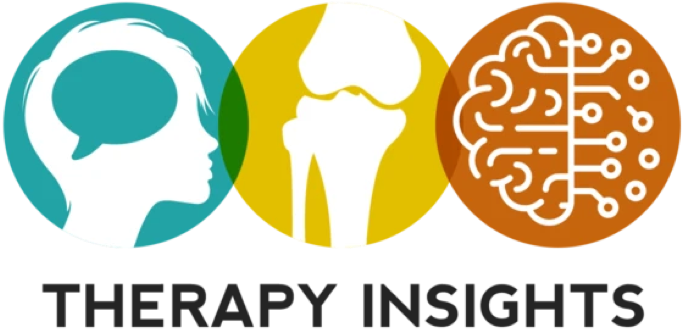Clinical Reference
Maintenance Therapy: What Is It and How Do You Justify It In Documentation?
Print Resource
— US Letter — 1 page
Adult
Have you been discharging patients who are not making progress due to complex health conditions or a degenerative condition? If you feel that these individuals will decline in function after discharge you may be able to justify maintenance therapy. This document outlines what maintenance therapy is and how you justify it.
